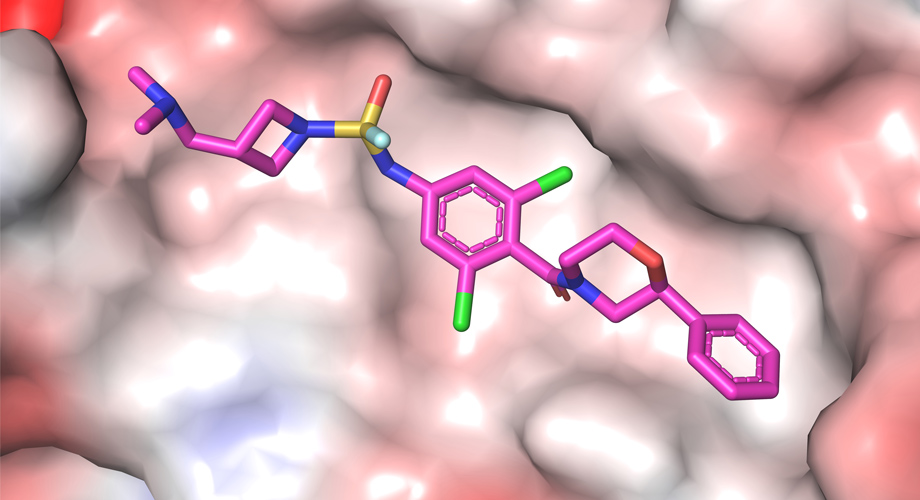Analyses
A drug-like inhibitor shows promising results in preventing influenza

“We’re trying to target the very first stage of influenza infection since it would be better to prevent infection in the first place, but these molecules could also be used to inhibit the spread of the virus after one’s infected,” says corresponding author Ian Wilson, DPhil, the Hansen Professor of Structural Biology at Scripps Research.
Scientists at Scripps Research and Albert Einstein College of Medicine have developed a drug molecule that can prevent influenza A infection by blocking the virus from entering airway cells. Unlike current flu drugs, which act only after infection, these new inhibitors focus on the initial stage of infection by targeting haemagglutinin, the surface protein of the virus.
The research, published in the Proceedings of the National Academy of Sciences on 16 May 2024, represents a significant step forward in the preventive treatment of influenza.

The research team had previously identified a small molecule, F0045(S), but it had limited ability to bind to and inhibit the H1N1 influenza virus. This molecule has now been further improved using a high-throughput screening technique and a special chemistry called SuFEx-click chemistry. This has resulted in two improved molecules, 4(R) and 6(R), which now bind much more strongly to the virus.
Tests on cell cultures also showed that molecule 6(R) had a strong antiviral activity and was safe – it was two hundred times more effective against the virus than F0045(S). Further optimisation of 6(R) eventually led to the development of compound 7, which became the most potent small molecule inhibitor of haemagglutinin.
This compound showed excellent antiviral capabilities, making it a promising candidate for future antiviral treatments.



